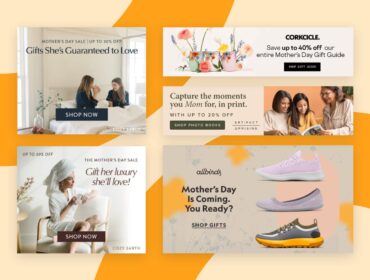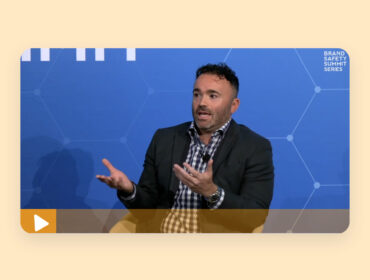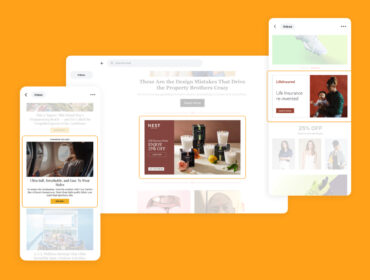Real Time Banter: Understanding Audience and the Importance of Creative in Email messaging
In our 10th Real Time Banter webinar, LiveIntent SVP of global marketing, Kerel Cooper, and VP of marketing, Nick Dujnic, speak with Kate Huyett, chief marketing officer of Bombas, about understanding audience and the importance of creative in email messaging.
Insights from Kate Huyett
At Bombas, a direct-to-consumer sock and apparel brand, Huyett consistently studies audience behavior to adjust marketing strategies and messaging.
When Bombas first introduced its No Show line of socks that you can wear with low-cut shoes, it was a hit. Customers loved it so much that Bombas extended its selling season beyond just the summer months and ran a strong marketing push from March to September.
This year, of course, the landscape changed. The first email launch in March didn’t perform as well as usual and sell rates were lower than the year before. So Bombas had to adapt.
“The operating hypothesis was that people were wearing fewer No Shows, because they were going outside less and also seeing fewer people,” Huyett says. “So we really had to shift our messaging, like every other apparel brand in the space.”
Bombas emphasized comfort at home in its messaging, and let No Shows take a backseat.
To navigate changing behaviors during the COVID-19 crisis, Bombas focused on two things: being agile and identifying long-term projects they couldn’t afford to lose momentum with.
“We didn’t want to suddenly reach Q4, which is by far our biggest time period, and say, ‘Oh, we didn’t make any progress in our attribution model. Or we didn’t run this shipping threshold test that would’ve helped us define our free shipping threshold promotion during the holiday,'” Huyett says.
Bombas also prioritized its “giving” emails, which highlight the brand’s charitable work with partner organizations, such as giving socks to the homeless community. One email, for example, shared how its partner Second U helps formerly incarcerated people become personal trainers and secure their first jobs at gyms.
During March, one of Bombas’ giving emails drove 4X the normal engagement. So they ramped up their frequency from once a month to once a week.
“So, again, we let the data lead us,” Huyett says. “And as we started to see customer behavior improve and revenue per delivery increase, we started to slowly increase the number of promotional emails we were sending again.”
When the global conversation shifted around Black Lives Matter, Bombas took a similar approach.
“We really pulled back and moderated our tone, changed over our creative continued to send giving emails with relevant messaging,” Huyett says. “We’re still in the period of watching customer behavior to see how it starts to come back.”
Best practices for adapting email creative
- Use multiple data points. “If an email is soft, maybe it was the creative, maybe it was the wrong audience, maybe it’s a week too early. Having the data to show how it performs through the customer journey and on each platform [is crucial]. You really need that whole suite of data. Otherwise it’s really easy for people to say, ‘Well, maybe it’s just that channel. Maybe it’s just not creative.'”
- Combine messaging when appropriate. Bombas combined messaging for Pride and Black Lives Matter by sending an email highlighting the work of Marsha P. Johnson, a black gay liberation activist and one of the most notable figures in the Stonewall riots.
- Prepare to be agile. As Bombas’s director of retention, Luz Ramirez, said, this is the year of Q4. “Each quarter, there’s been a shift in the plans,” Huyett said. “We’ve had to completely revamp our email strategy twice, already two quarters in.”
Sign up for more Real Time Banter and other industry insights with the LiveIntent newsletter.


